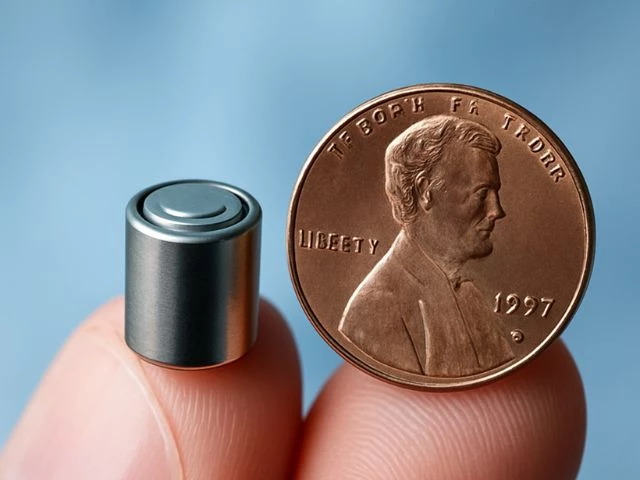China has unveiled a breakthrough in energy technology with the development of miniaturised nuclear batteries that could transform the future of energy storage.
In January 2024, Beijing-based company Betavolt introduced the BV100, a coin-sized battery powered by Nickel-63, capable of lasting up to 50 years without requiring a recharge.
Production is already underway, with applications ranging from aerospace and medical devices to consumer electronics.
Building on this momentum, Northwest Normal University announced a new nuclear battery powered by Carbon-14, boasting a potential lifespan of up to 100 years.
Despite the rarity of Carbon-14, China has established a commercial reactor to extract it—signalling its ambition to dominate the entire nuclear battery supply chain, much like it did with solar panel production.
While China takes the lead, other global players are working to close the gap. In the U.S., City Labs is developing a tritium-based nuclear battery with a 20-year life, targeting medical use.
Britain’s Arkenlight is developing a battery made from nuclear waste, while American firms Kronos Advanced Technologies and Yasheng Group have partnered to expand nuclear battery research. Several European and Asian nations are also exploring similar technologies.
Although the concept of nuclear batteries dates back to the 1950s in the United States, widespread use was delayed by safety and longevity concerns.
Today, those barriers are being reassessed in light of growing demand for longer-lasting, sustainable energy sources.
With China currently holding a technological and production lead, experts suggest the global energy landscape could be reshaped as these innovations mature.
Nuclear batteries, once considered a niche idea, now offer a promising long-term solution for powering everything from medical implants to deep space missions.







